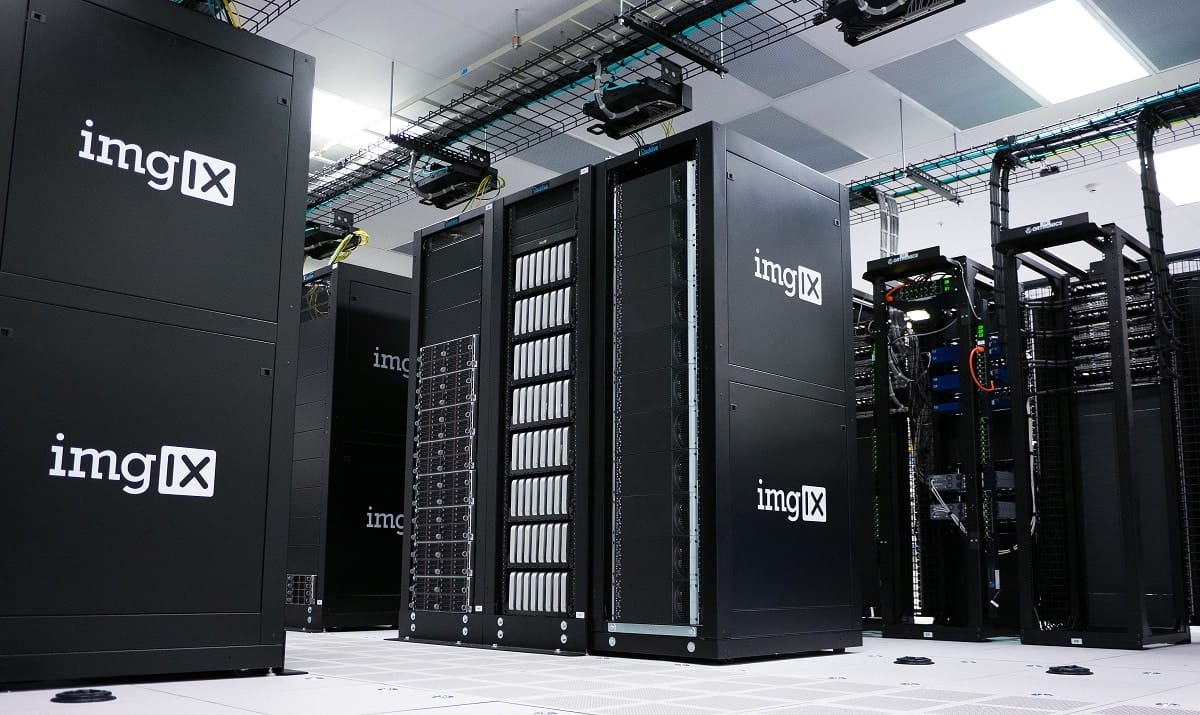Sure! Here’s the translation:
—
The European market for prefabricated and modular data centers is projected to grow to $4.08 billion by 2034, driven by AI, 5G, and EU regulatory demands.
Europe’s digital transformation is literally being built on modules. According to a report by ResearchAndMarkets.com, the European market for prefabricated and modular data centers will reach $4.08 billion by 2034, up from $1 billion in 2024, with a compound annual growth rate of 15.05%.
These “plug-and-play” infrastructures are establishing themselves as an efficient, scalable, and environmentally friendly response to the growing computational needs generated by AI, the deployment of 5G, and the rise of edge computing.
Modularization and sustainability: two pillars of Europe’s digital future
Unlike traditional data centers, modular ones are partially assembled off-site, which reduces deployment timelines, controls costs, and ensures energy efficiency. These solutions are being integrated into hyperscale facilities, edge projects in urban areas, and remote locations.
Moreover, they comply with strict regulations like the GDPR and EN 50600, while advancing the climate goals of the European Green Deal. Many of these solutions incorporate on-site renewable energy (solar or wind), waste heat recovery systems, and cooling technologies such as liquid cooling, evaporative cooling, or free cooling, which help reduce carbon emissions and operational costs.
Momentum from edge computing and urban microcenters
The market growth is driven by several clear trends:
- Accelerated deployment of urban data microcenters and edge to reduce latency.
- Standardized and scalable modules that allow for rapid expansions.
- Use of AI-based DCIM tools for real-time predictive monitoring.
- Rise of hyperscale containerized units, ideal for cloud and colocation operators.
Additionally, the modular architecture allows for quick adaptations to demand fluctuations, which is critical in a landscape where computing capacity must scale rapidly.
Barriers: supply, initial costs, and regulatory harmonization
However, the sector faces significant challenges, including:
- Supply chain disruptions that increase the cost of key components.
- Lack of regulatory standardization among EU countries, complicating integration.
- Higher initial costs compared to traditional constructions.
- Shortage of specialized personnel in module assembly and integration.
The limited local manufacturing capacity in Europe also poses a barrier, though automation and the adoption of digital twin technologies are expected to shorten lead times and improve product consistency.
Key players and collaboration opportunities
Key market players include Schneider Electric, Rittal, Eaton, Colt, STULZ, and BladeRoom, which are investing in all-in-one solutions to meet both hyperscale and edge demands. These companies are expanding their catalogs with configurations such as ISO containerized centers, individual modules, skid-mounted platforms, or all-in-one production-ready solutions.
Furthermore, adapted financing models and leasing options are facilitating adoption even for medium-sized businesses or public institutions, while collaboration opportunities with cloud and colocation providers continue to grow.
Outlook: a more agile, green, and strategic digital infrastructure
Modular data centers represent a key piece in European digital sovereignty, not only because of their rapid expansion capability but also due to their alignment with values of energy efficiency, regulatory compliance, and sustainability.
As the demand for digital infrastructure increases driven by generative AI and distributed workloads, the modular model emerges as the most effective way to meet the challenge: ready infrastructure, delivered in record time, with lower emissions and greater resilience.
Europe, with its regulatory requirements and climate goals, could become a leader in adopting these technologies and a global benchmark for sustainable and flexible data centers.
Source: research and markets

